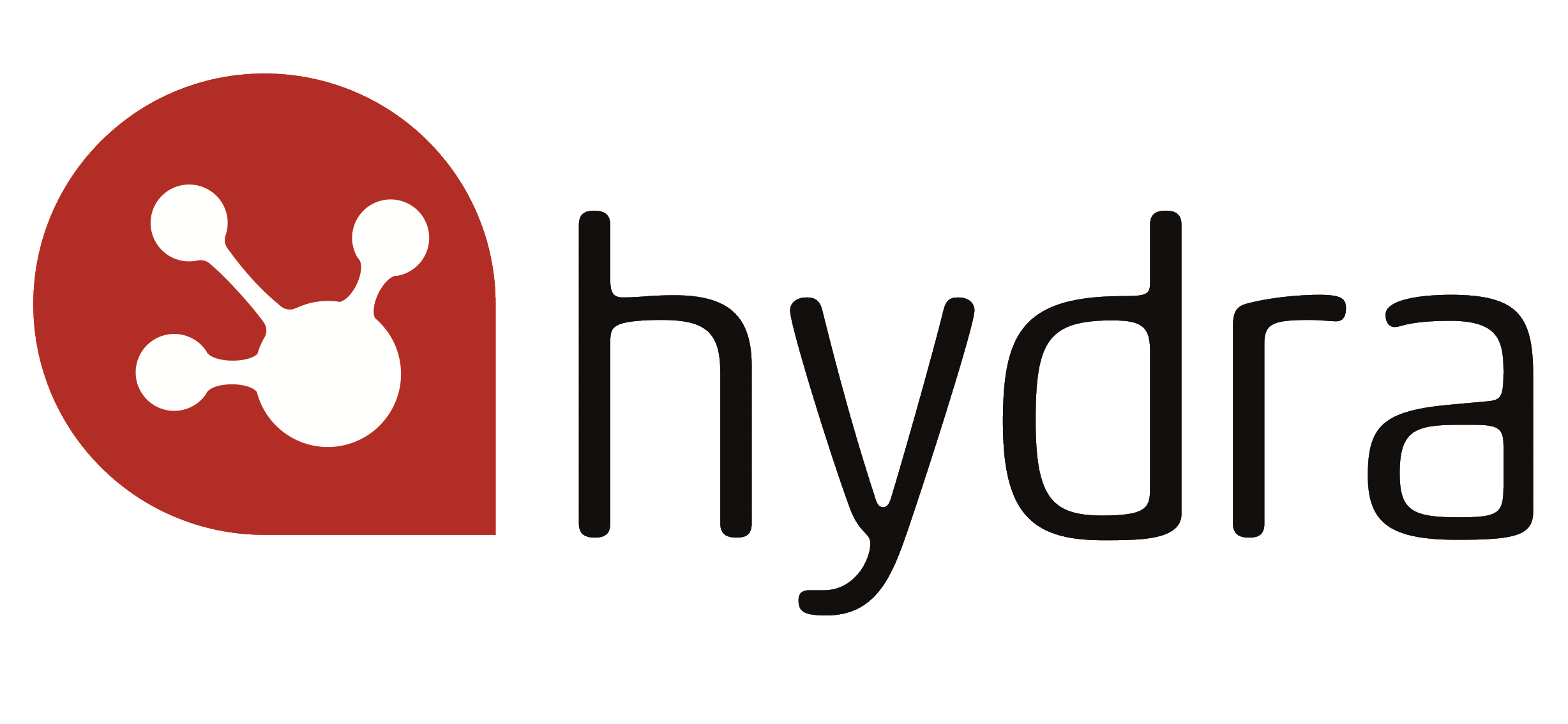3 ways to dynamically improve your reporting capability
Data is undoubtedly one of the most valuable assets a business has as its disposal. Timely, accurate information allows businesses to build an understanding not only of their strengths, but also of their weaknesses.
Failing to identify this key data and report it properly is a critical issue facing many businesses.
Dynamic business reporting can lead to growth of more than 30 percent, allowing businesses to gain insight into areas that are failing, and where resources need to be focused. Perhaps understandably, staff are often reluctant to report on poor results, but it is exactly this information that can have the greatest impact on a business’s future success. Identifying these areas early can help to create a targeted strategy to improve and have a positive impact on the bottom line.
1. Exhibit dynamic reporting practices from the top down
Senior management must assume the leadership of high-quality reporting by implementing effective reporting processes. The management should demonstrate its commitment to dynamic reporting by investing in business intelligence solutions that provide instant access to the key information that drives business decisions. This will allow senior management to identify issues from the top level, before drilling systematically down to find the source of the problem.
Senior management should also have strategic input into, and maintain oversight over, the organisation’s reporting processes.
2. Engage internal and external shareholders
To ensure the provision of the highest quality information, the organisation should engage regularly with its internal and external stakeholders. By understanding their information needs in regards to present and future activities, the organisation will be able to better improve its performance.
Based on the outcomes of this stakeholder engagement, the organisation should be better placed to define the data that needs to be reported. It is also important to formalise the layout and the timing of the reporting to make it easier to act upon. Aligning the reporting frameworks and standards with the stakeholder’s information needs is a crucial part of the process.
3. Present your data in the right way
When it comes to presenting your data, it must be in a form that is visually enabled and easy to analyse. Gathering the data is a complete waste of time if it is not presented in a powerful and simple way.
The business intelligence dashboard within any software solution is one of its key components. Effective dashboards provide the user with real-time visualised data, key performance indicators and metrics all on one screen.
Senior managers within a business typically spend 80 percent of their time gathering data, and only 20 percent analysing it. Presenting the information in such an easily digestible way allows managers to gain key insights quickly and simply. This reduces decision making time, thereby increasing productivity. Clear presentation of the data also removes the risk that the data will be misinterpreted.
Focus your business decisions
Hydra's unique Business Intelligence layer within our Execution Management Solution gives you instant access to the key information you need for data driven decision making. Users can customise the intuitive dashboard and focus on key data using the drag and drop features. The result is enhanced visibility and deeper insight into your processes to make more informed, data-driven decisions and greater collaboration and sharing of information across all departments.
Further reading: Demystifying Reports and Dashboards


